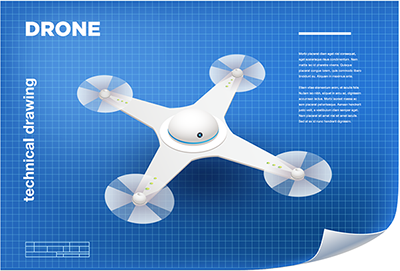When talking about unmanned aircraft systems (UAS), or drones, one should remember that the terms can refer to small multirotor systems — like the inescapable DJI Phantoms — to large, fixed-wing aircraft that require long runways to take off and land. What these hobby craft, military systems, and commercial-grade industrial platform have in common is that they are a form of aircraft.
Over the years, commercial aviation has developed an enviable, although by no means perfect, safety record. This was accomplished in part by making safety assurance a dominant factor in aircraft certification, including the development of standardized maintenance procedures and processes designed to deliver reliable performance.
Like manned aircraft, we use UAS for entertainment, transportation, commerce, and national defense. In fact, I think of this emerging technology as a new market segment of aviation, rather than an entirely new industry. For those of us already engaged in the business of operating aircraft for commerce, we’ll need to apply the existing safety-based paradigms of manned flight, which have served us well over the last century, to this new breed of aircraft.

